How to prepare for breastfeeding during pregnancy
This post may contain affiliate links that I may receive a commission from if you click & buy. In addition, the information on this site is NOT intended to be medical advice. See my full policy for more information.
You’re probably here because you’re expecting and you are hoping to breastfeed your baby, which is amazing! However, you’re feeling a little confused about how to get ready for breastfeeding while pregnant. This post will walk you through how to prepare for breastfeeding during pregnancy so you can be prepared for anything!
It’s not uncommon for new moms to experience many uphill breastfeeding challenges. Think about school…when you’re not prepared, you’re likely to experience more learning curves and it’s the same concept for pregnant women about to embark on breastfeeding.
You’ve heard other moms talk about how painful breastfeeding can be, from having sore nipples to clogged milk ducts and if we’re being honest, it’s probably sounding a bit scary right about now.
Have no fear, this article will walk you through EXACTLY how to prepare for breastfeeding while still pregnant.

7 Easy Ways for Mom to Prepare for Breastfeeding During Pregnancy
1 – EDUCATE yourself on learning to breastfeed
Learning the ins and outs of breastfeeding before even attempting is one of the best ways to prepare yourself. This is why it’s a good idea to find a local or trustworthy online breastfeeding class to start learning from.
Many hospitals and lactation consulting clinics offer new mothers support groups. However, if you cannot find one, you can opt for virtual support instead. This brings me to my next point, the Complete Online Breastfeeding Course! An online course created by a lactation educator; giving moms easy access to everything new moms should know about breastfeeding. We’re talking breastfeeding preparation tips, what to expect during the first few hours after birth, setting yourself up for success at home, understanding your milk supply, and troubleshooting common issues within your breastfeeding journey.
Other ways to learn about breastfeeding:
- Bookmark reputable breastfeeding resources, such as KellyMom & La Leche League.
- Find yourself a lactation consultant or lactation counselor that way if you have questions or problems along the way, you can have a trained individual who can help you overcome these struggles!
Remember, successful breastfeeding has less to do with you wanting to breastfeed and more to do with having the right support, tools, and resources available to help you problem-solve if and when the time arises,
2 – Understand the different breastfeeding positions.
Did you know there are over TEN breastfeeding positions you can use to nurse your new baby? With all the different ways out there to position your baby while nursing, I wanted to break down 2 of my favorites!
If this will be your first time breastfeeding, knowing more than these 2 positions will be helpful and that can be learned through the online breastfeeding class. Finding a breastfeeding position that works best for you is always a good thing to establish as it can make each nursing session easier and easier as you master the position.
The cradle hold is when you’re seated in an upright position, typically using a breastfeeding pillow to help support baby, while your baby is positioned facing you, with their head towards the crease of your supporting arm’s elbow.

The side-lying hold was also one of my favorite positions because I was able to lay down, duh! With this position, you simply lay on one side facing your baby (belly to belly), latch baby and you’re good to go! I did struggle to position my breast close enough for him to latch onto at first, but once we figured it out this position is golden!

As I mentioned, these are just 2 of our favorites, to see a FULL LIST of breastfeeding positions to try out with your little baby, check out this helpful post by Medela!
3 – Have a good quality breast pump on hand JUST IN CASE!
Even if you’re planning to strictly nurse your baby, you never can be too prepared! Some babies end up with latching issues, difficulty nursing due to an overproduction of mom’s milk, or even in rare cases, not being able to tolerate mama’s liquid gold!
Knowing that you should try to have a good quality breast pump ready to go just in case! I used the Spectra S1 pump for both of my breastfeeding journies with each of my boys. I found this pump (out of all of the ones I tried) to be the most effective in maintaining and boosting my milk production.
The main things to remember when selecting a breast pump are:
- One that fits your price point
- Having multiple flange size options available
- Preferably a closed-system pump (most sanitary)
- Strength and suction options.
You can also find a more thorough breakdown of how to choose the best breast pump for yourself in this exclusively pumping mom article here.
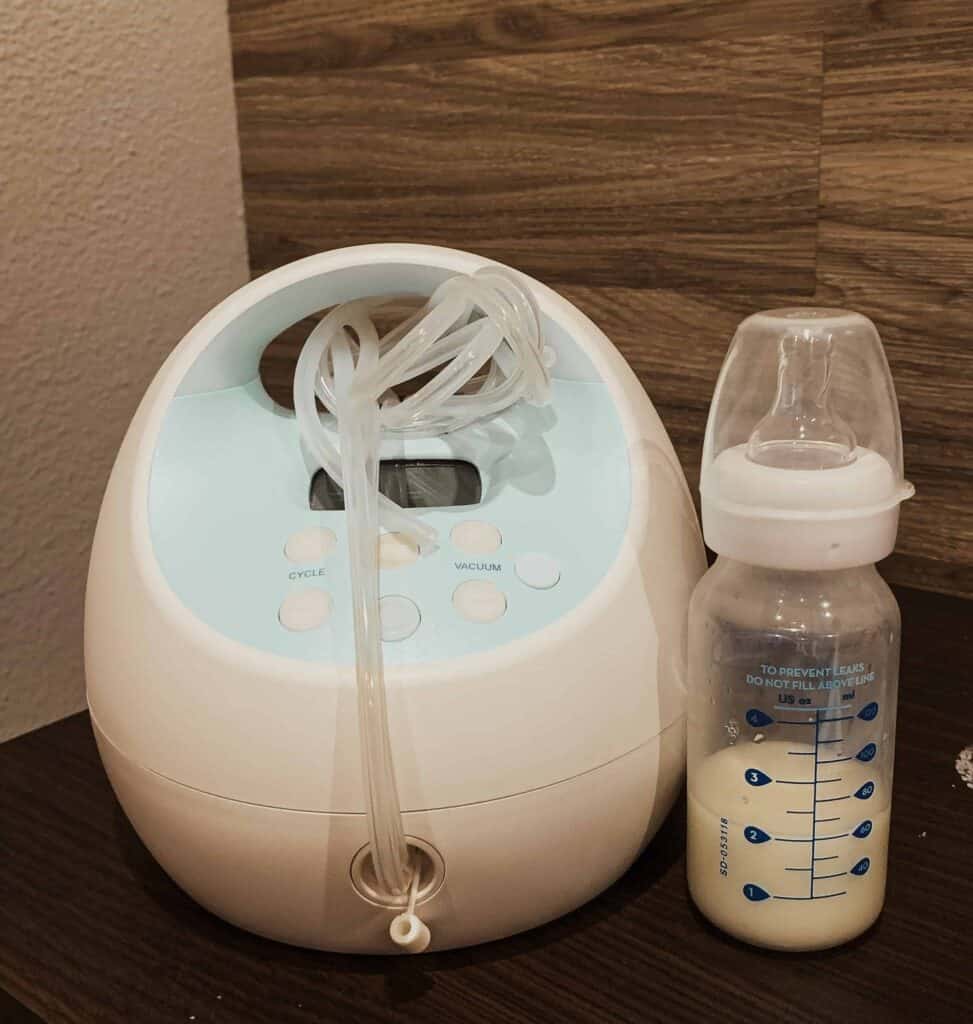
Another thing to consider is that most insurances now offer coverage for breast pumps, so if you haven’t inquired, now is a great time to do so! There’s usually an option to rent a pump if you need to or you can just purchase one yourself (or add it to your baby registry!).
Quick mom tip, most baby registries will send you a coupon to save anywhere from 10-20% off any REMAINING items on your registry, so if you have a pump you’ve been wanting, that’s an easy way to snag a few bucks off as well!
RECOMMENDED POST: Breastfeeding Tips for Beginners
4 – Expect to feel some discomfort.
You may have already heard that breastfeeding doesn’t tend to start off easily. In fact, it can be pretty painful right after the birth of your baby.
But don’t worry mama, the pain is usually just due to your hormonal changes and nipples adjusting to becoming a constant food source, which will subside over a few days to a couple of weeks. You may also notice heaviness or fullness in your breasts as your milk comes in, again, this is very normal.
In the meantime, you can use things like some Earth Mama Nipple Butter (my personal favorite) to soothe those dry achy nipples or Earth Mama Booby Tubes to provide some nice warm compression to soothe any discomfort.
If you begin to feel a lot of pain that isn’t going away, worsening, or any other symptoms that aren’t resolving – you should definitely seek support from your medical provider or lactation consultant as that isn’t considered normal.
5 – Stock up on quality nursing bras/tops.
That’s right, having a couple of super soft and cozy nursing (or pumping) bras can make the world of a difference when those milk-filled breasts are sore & achy!
What I like to look for is support without the compression of wires, high-quality material that won’t rub and irritate my already sensitive skin (those nipples girl!), and something that doesn’t cost a fortune.
Below are a few of my personal favorite Nursing/Pumping bras created with comfort, design, and affordability in mind!
- Kindred Bravely Nursing Starter Kit (with bra)
6 – Be prepared to nurse often. Very often!
The first few weeks of breastfeeding are CRUCIAL to establishing your breastmilk supply. You’ll want to be sure to feed your baby on demand or at least every 2 hours during those early days to get that supply in and maintained!
One of my all-time favorite breastfeeding resource pages, Kelly Mom, has an incredible article all about building and maintaining your breastmilk supply during the early weeks that’s worth the read!
A few ways you can be extra prepared for nursing often is to:
- Set up a nursing station at home where you’ll have a comfortable place, keep your nursing pillow & pump close by, and have some water and snacks on hand (because let me tell you, breastfeeding will make you VERY hungry and thirsty!)
- Keep a portable night light close by in case you end up nursing in bed, in the nursery or in any room during night feeds!
- Order your breastfeeding supplies LONG BEFORE baby arrives (milk storage bags, nipple butter, warm/cool packs, pump supplies, etc…)
Those early days of breastfeeding can be quite exhausting. Pair that with pain and discomfort and it’s quite a journey. Be sure to stock up on the items above in advance that way you’re not suffering from any unnecessary discomfort.

7 – Understand your milk supply
Often times I’ve seen new moms frantic about not producing enough breastmilk, just to learn that they’re actually making more than enough to sustain their child’s hunger and nutritional needs. Hence, the importance of understanding how your milk supply actually works. So here is a quick little lesson:
Breastfeeding is a supply and demand process, meaning, the more demand (aka pumping or your baby nursing) the more supply (breast milk) your body is triggered to make. So, the more full of milk your breasts are, the slower milk will be produced. The emptier your breasts are, the faster milk will produce.
The next question many new moms have is whether or not they’re producing enough milk. During feeding time, it’s impossible to tell exactly how much milk your baby is consuming if they’re being nursed, unless, you have a baby scale lying around at home. If you do, you can weigh your baby before and after their feed (preferably without a diaper on) to see the difference in oz between the feed. The rule of thumb is, as long as your baby is continuously gaining weight (approximately 5 to 7 oz per week).
With pumping, you are able to measure your milk output pretty clearly. For moms who exclusively pump, it’s NORMAL for her total output (both breasts) to be 1/2-2 ounces per session. Remember, pumping is a great way to empty out your milk, but a nursing baby will always be more effective at drawing out the MOST milk.
This is why I think it’s so important to circle back to step one and take a breastfeeding class. You will get far more in-depth information about your milk supply there than in this short article. Plus, it can help you come up with a breastfeeding plan of action in the event you face some challenges along the way too.
8 – Enlist your partner’s help & support
You might be wondering how in the world your partner can help out while you’re breastfeeding a newborn baby, but there are quite a few ways. You can even make this part of your postpartum plan, but make sure your partner (or even family members if you have anyone staying home with you) is clear of the ways they can help support you throughout the process:
- Pumping Moms: Let partner feed baby while mom pumps
- Have partner change diaper & burp baby during the middle of the night feedings
- Ask your partner to bring you snacks or a drink if you’re glued to the sofa feeding baby
- Enlist your partner’s help to clean your pump parts
These are just a few ways your partner can really show you some support during this time.
9 – Don’t underestimate the power of skin to skin contact after birth
You have probably heard of the benefits of breastfeeding, but have you heard of the power of skin to skin after birth? It’s pretty fascinating really, but many studies show that skin-to-skin contact between a mother and her baby after birth can trigger instinctive behaviors and maternal hormones. This can have benefits such as:
- Calming mother and baby
- Helping baby to regulate their heartbeat and breathing (especially for NICU babies)
- Regulates temperature
- Promote milk production through the release of stimulating hormones
- and many more…
If you ever feel a little disappointed with how your breastfeeding experience is going, go have a nice quiet little skin to skin with your baby and see how you feel afterward.
10 – Look into a breastfeeding support group
A breastfeeding support group is a little bit different than one on one lactation support, however, most of these support groups are led by either a lactation educator, counselor, or IBCLC. Plus, it can be the best way for you to connect with other breastfeeding moms to help build a support system before your breastfeeding journey even begins!
Most breastfeeding support groups are very supportive of having pregnant moms attend their group, oftentimes you just need to reach out to the coordinator and let them know.
From breast changes to actual breastfeeding problems, it’s a lot to learn and get comfortable with. However, if you can prepare for breastfeeding during pregnancy, you’re setting yourself up for a positive advantage! Check out the other breastfeeding articles linked below for additional support.
Read more breastfeeding articles here:
20 Breastfeeding Hacks and Secrets Every New Mom Should Know
The Ultimate MomMed S21 Wearable Breast Pump Review
S10 Pro Hands-Free MomMed Breast Pump REVIEW
10 Tips for Successful Breastfeeding for New & Expecting Mothers
Momcozy Breast Pump Review for the S12 Pro (All You Need to Know!)
Body Armor Drink and Breastfeeding


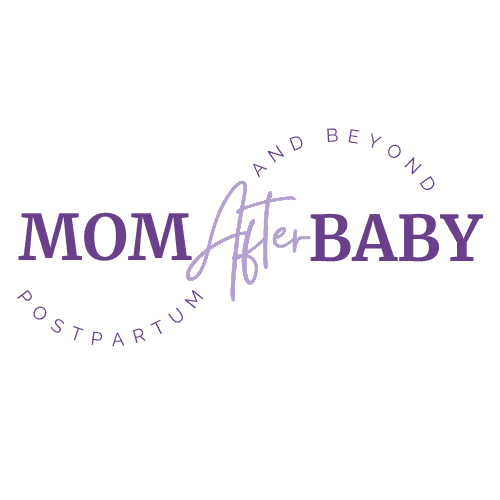
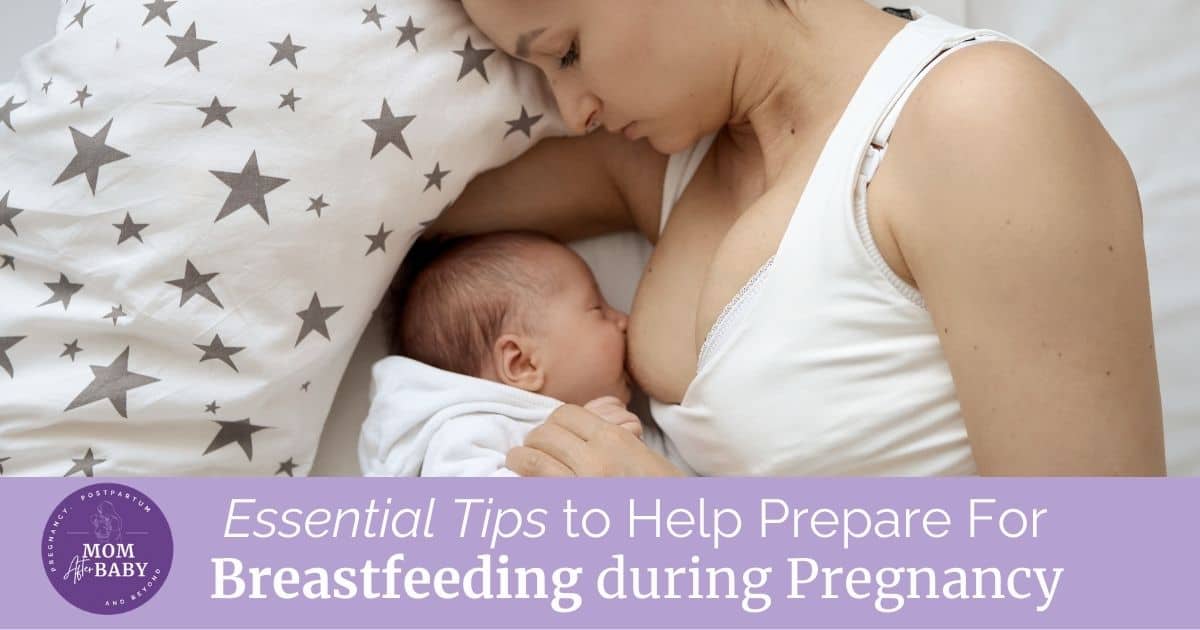


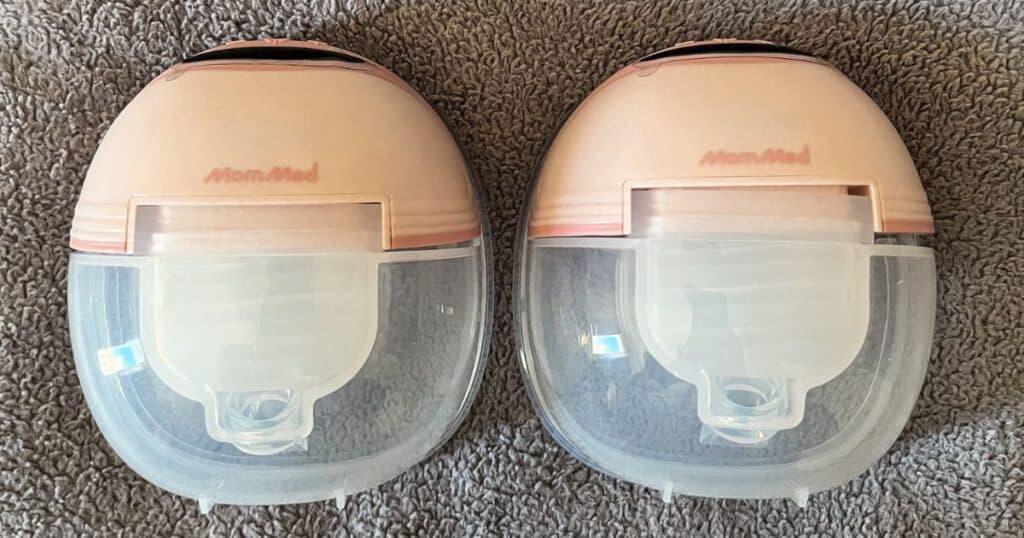
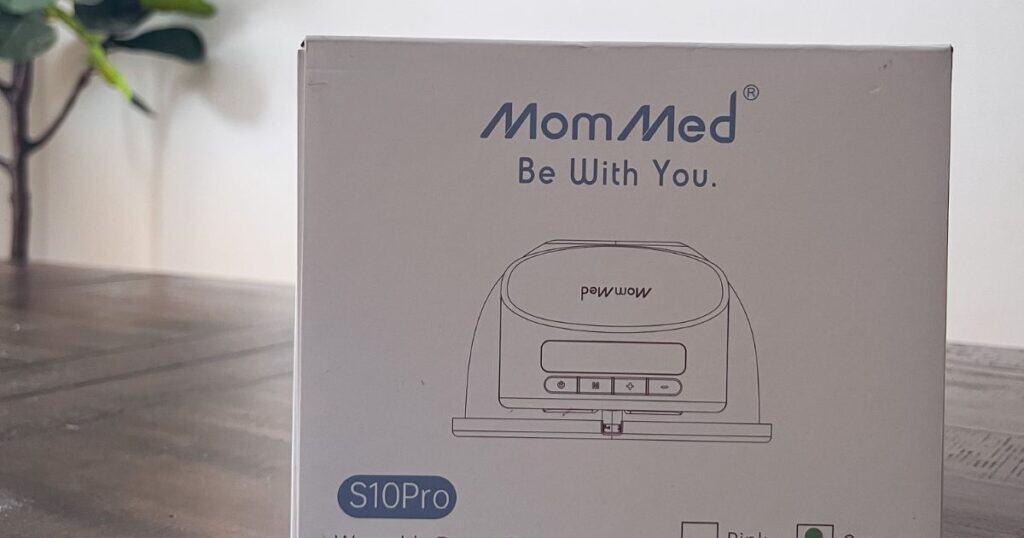



These are great tips! I breastfed both of my kids and they each came with their own challenges. I don’t miss how hard it was at times but it was really worth it! The cradle hold was definitely my favorite 😊
I agree I will never miss those tough days lol 🙂